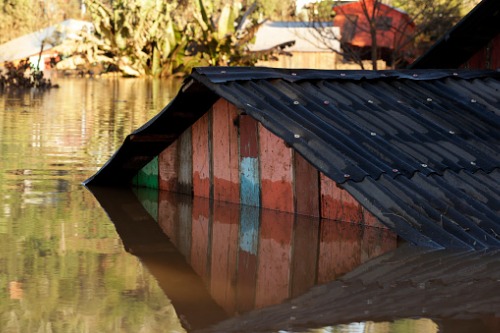20,000 coastal homes have been built in at-risk areas in the past decade

There are more than 800,000 existing homes in the US that are at risk from rising sea levels if the current greenhouse gas emissions are not reduced.
But a report from Climate Central and Zillow shows that 20,000 have been built in the past decade are in flood risk zones and are at risk from chronic coastal flooding by 2050.
The total value of homes at risk of a 10year flood is $451 billion by 2050, rising to $1.75 trillion by 2100.
"This research suggests that the impact of climate change on the lives and pocketbooks of homeowners is closer than you think. For home buyers over the next few years, the impact of climate change will be felt within the span of their 30-year mortgage," said Skylar Olsen, Zillow's director of economic research and outreach. "Without intervention, hundreds of thousands of coastal homes will experience regular flooding and the damage will cost billions. Given that a home is most people's largest and longest-living asset, it takes only one major flood to wipe out a chunk of that long-growing equity. Rebuilding is expensive, so it's doubly tragic that we continue to build brand new units in areas likely to flood."
Florida at risk
The research shows that Florida would have the most homes in the zone at risk from sea-level rise and 10-year floods by 2100 (1.58 million), followed by New Jersey (282,354), Virginia (167,090), Louisiana (157,050) and California (143,217) — assuming levees and other infrastructure defenses hold, and emissions continue unchecked.
Meanwhile, 24 cities including New York, Tampa and Virginia Beach have built at least 100 homes in that risk zone since 2009.
"Thanks to Zillow's data, Climate Central's sea level rise analysis provides an economic view of coastal flood risks that homeowners may face – not generations into the future, but within the time frame of a typical home loan," said Dr. Benjamin Strauss, CEO and chief scientist of Climate Central. "In many states, building on land projected by 2050 to face chronic flood risks has outpaced development in safer places. Failure to control climate pollution will lead to faster-rising seas and bigger coastal risk zones but building a cleaner-running economy can still reduce these consequences."


